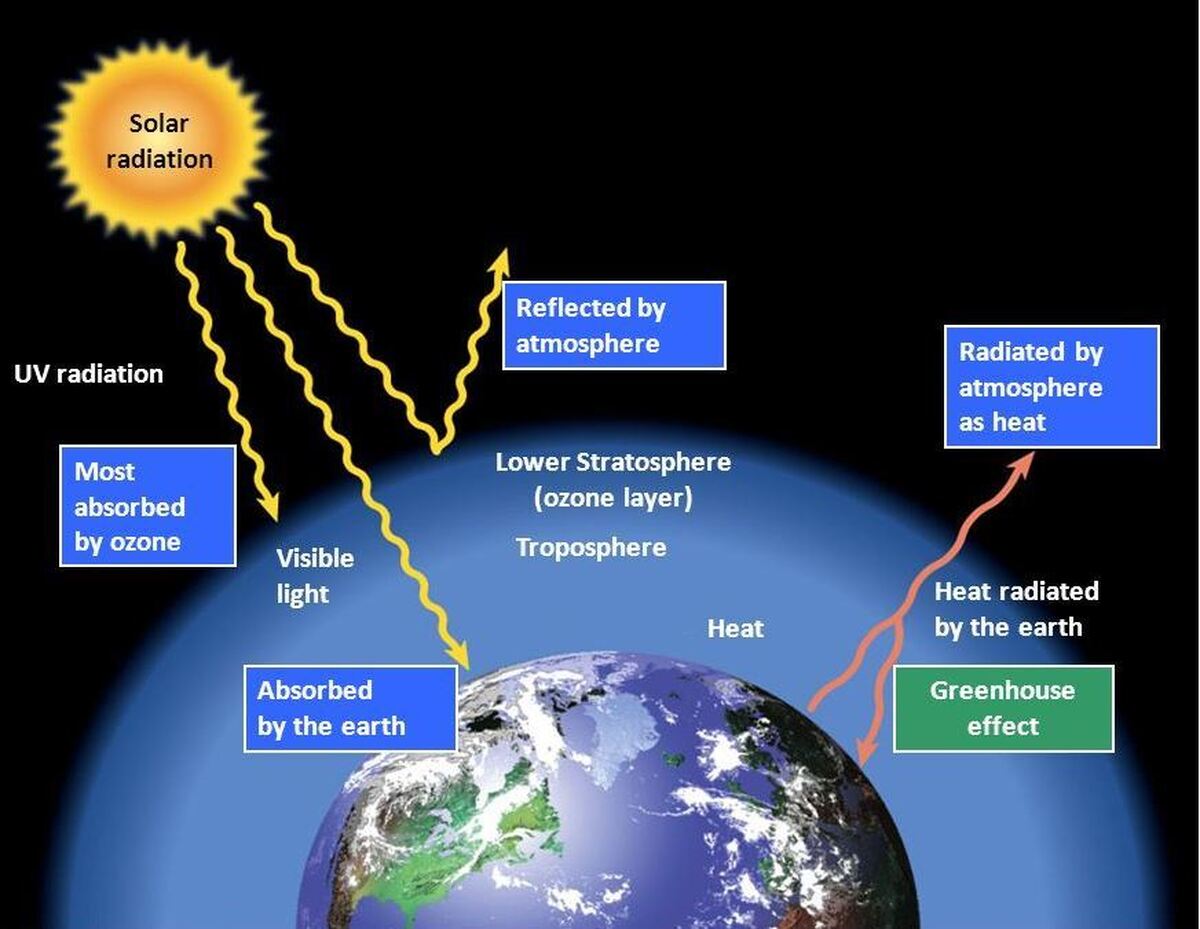Domestic Researchers Study Iran’s Spatial, Temporal Albedo Variability

“Collecting data about constant changes in albedo (solar radiation) or (percentage of light reflected from the surface of an object) with ordinary methods is very difficult and highly expensive. Moreover, data from stations is not complete. For that, remote sensing data is a useful method that allows for a broad view of the region,” Kefayat Motlaq, a graduate in hydrogeology and meteorology from the University of Sistan and Baluchistan said.
He stressed the need for replacing fossil fuel by cleaner and more durable energy resources saying, “Today, political and economic crises and problems such as diminishing durability of fossil reserves, environmental concerns, population growth, economic growth and growing fuel consumption rate are problems that have forced the researchers to find suitable solutions to solve energy problems in the world. Also, the exploiters of fossil resources have realized that today's extraction of fossil reserves will lead to less productivity and eventually depletion of resources not in a far future.”
Kefayat Motlaq went on to say that the challenges that come with fossil fuels have highlighted the need for renewable energy such as solar power, energy from wind and sea waves, which are constantly available to man.
He continued to highlight that Iran is located in the Van Allen radiation belt zone and has a high potential to harness the ample sunlight.
“Among the goals of this project were laying the ground for studying short and long solar radiations, examining the regional effects of effective products on the albedo variation, and identifying areas suitable for the construction of solar power plants,” the researcher said.
“Using the results of this research in environmental planning would make it possible to implement risk management in the vegetation regions and make proper planning to prevent deforestation,” he continued.
Kafayat Motalaq explained about the way of analyzing the data in their research, saying, "The amount of data in this research was big and we had many problems to download the satellite data. However, finally six articles were written out of this research’s results, which exceeded the expectations."
4155/i





















